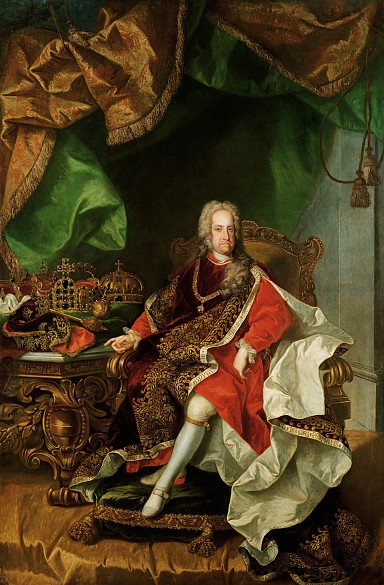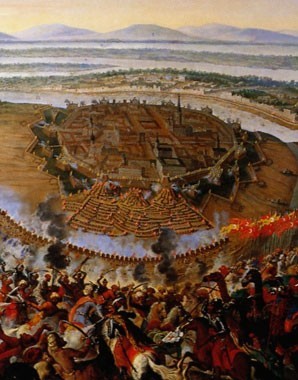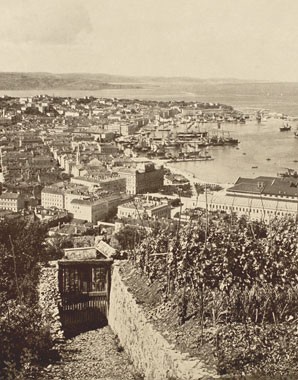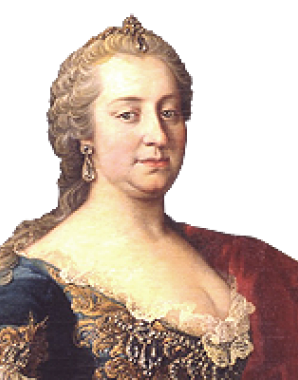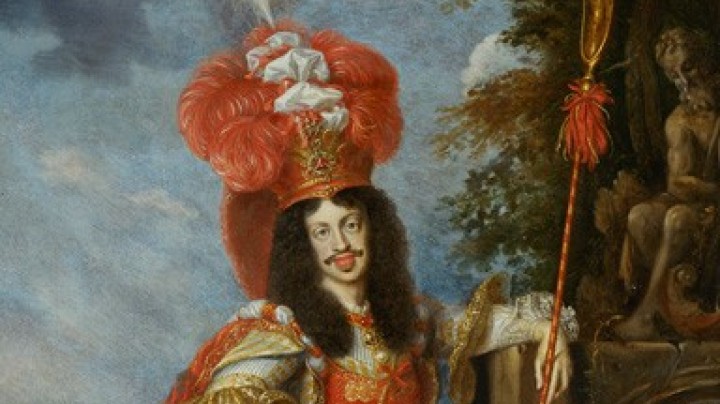Charles VI as ruler in Central Europe
During the twenty-nine years of Charles VI’s reign the Habsburg Monarchy achieved its greatest territorial expansion. At his death, however, Charles left a state in crisis.
As ruler over this Central European realm Charles was confronted with the generations-old conflict with the Ottoman Empire. Since the defeat of the Turks at the gates of Vienna in 1683, however, the tide had turned in favour of the Habsburgs. In 1716 Charles once more declared war on the Ottomans from a position of strength in an alliance with Venice. Under the leadership of Prince Eugene the Habsburg army was victorious. The conquest of Belgrade, the most important Ottoman stronghold on the Danube, caused an international sensation. The subsequent Peace of Passarowitz, ratified in 1718, secured the Monarchy substantial territorial gains (the Banat of Temeswar, northern Serbia including Belgrade, Lesser Wallachia) together with trade privileges in the Balkans and on the Black Sea.
Charles also had a streak of good luck in the West, when yet another war with the Spanish Bourbons in 1718–1720 led to the exchange of Sardinia for Sicily. At this point the Austrian Monarchy reached the greatest territorial expansion in its history. The 1720s are regarded as the heyday of the Habsburg Monarchy as a Baroque Great Power.
During Charles’s reign attempts were initiated at homogenizing the economy of this vast realm. Massive investment was made in the transport infrastructure, including the construction of trade routes right across the Monarchy. The most famous of these are Prager Strasse and Brünner Strasse, which lead from Vienna to the Bohemian lands, and Triester Strasse, linking the capital with Trieste on the Upper Adriatic, which was then prospering as a free port. The mountain pass road over the Eastern Alps built as part of this route was a masterly feat of engineering for its time, still commemorated today in a monument to Emperor Charles on the Semmering Pass.
This was followed by successful attempts to position Austria in colonial trade with the establishment of the East India Trade Company in Ostend. However, under pressure from the naval powers this had to be closed down in order to obtain the latter’s recognition of the Pragmatic Sanction.
The final decade of Charles’s reign showed signs of fatigue and stagnation. Foreign-policy and military failures accumulated. In 1735 the southern Italian territories of Naples and Sicily were lost, although this loss was compensated by the acquisition of smaller territories in northern Italy and the securing of the Grand Duchy of Tuscany for Charles’s son-in-law Franz Stephan. After the debacle of the Turkish War of 1737–1739 most of the territory in the northern Balkans including Belgrade that had been gained in 1718 had to be ceded to the Ottoman Empire. Only the Banat was permanently incorporated into the Monarchy.
Charles died in Vienna on 20 January 1740. The cause of his death is generally given as a chill caught while out hunting, although some sources relate that he died after eating poisonous mushrooms. He was buried in the imperial crypt of the Church of the Capuchin Friars in Vienna. With his death the last male representative of the Old Habsburgs was lowered into the grave – the dynasty had died out in the male line.
The predominant image of Charles VI in the literature is as the last monarch of the ‘Austrian age of heroes’, under whose rule the Habsburg Monarchy expanded its territories and experienced a cultural heyday but was already showing clear signs of stagnation. Some historians maintain that Charles failed to make use of the opportunities left by his elder brother Joseph I, often described as the more talented of the two monarchs, for providing Austria with a solid basis for becoming a leading power in Europe. According to this interpretation, it was left to his daughter Maria Theresa to accomplish this task.
